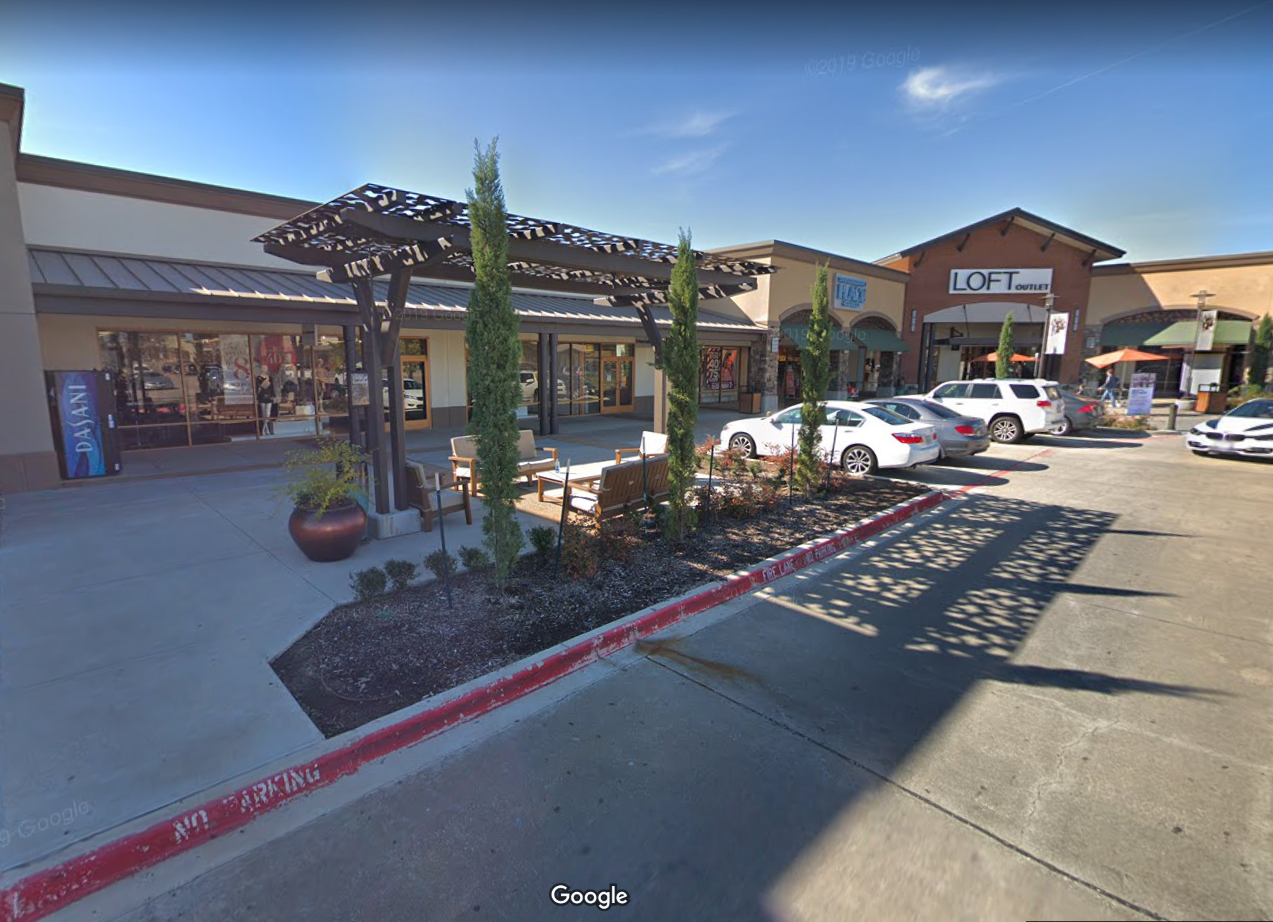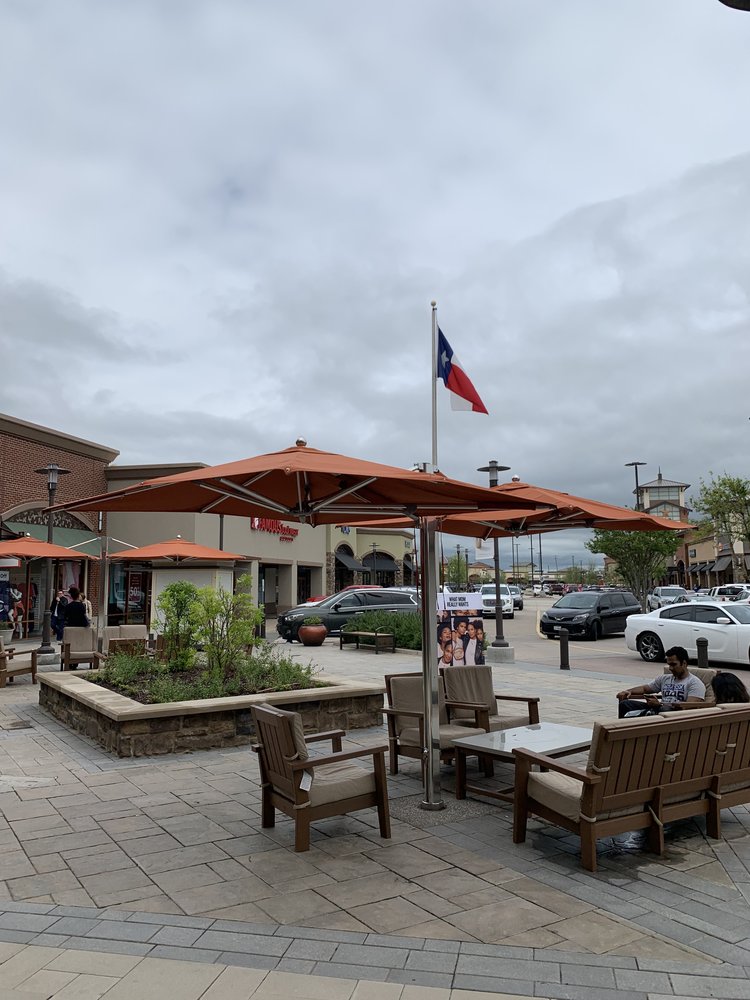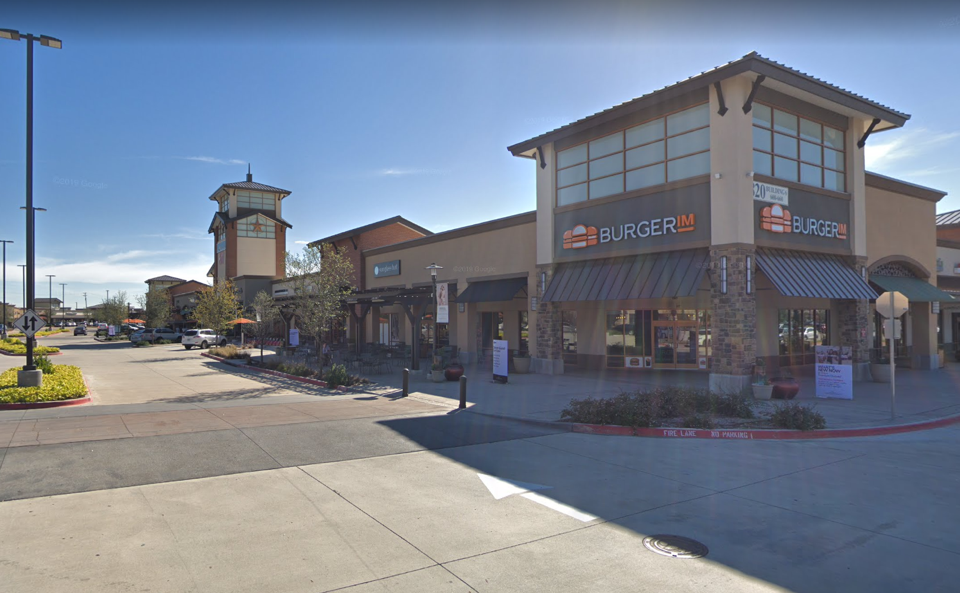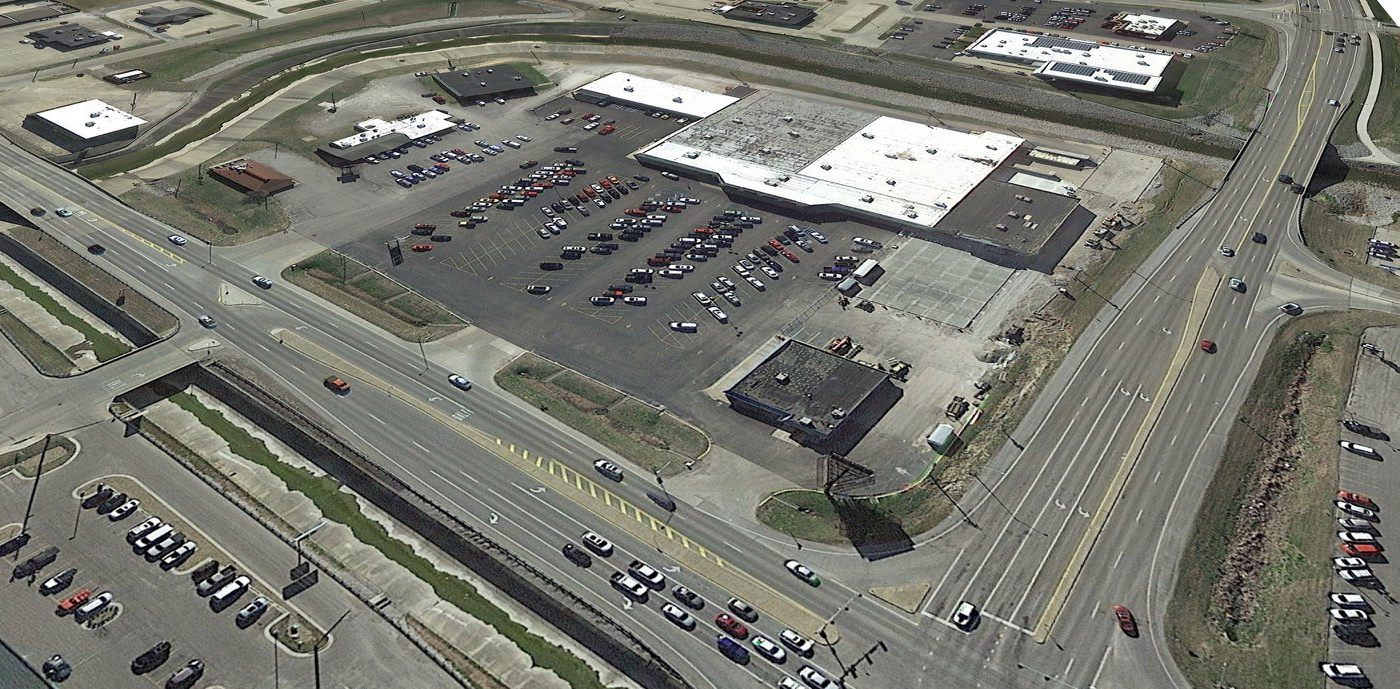De-Suburbanizing Suburbia: Is It Possible?
Tim Wright is a civil engineer engineer in training (EIT) with Verdunity who enjoys design and production work on municipal infrastructure and site development projects. Tim lives in Shreveport, Louisiana, where is also an active Strong Towns advocate and founder of Re:Form Shreveport. He’s especially interested in how Strong Towns ideas can be worked out in practical ways on city projects.
This post explores whether the most suburban of suburban environments—the outlet mall—can be incrementally transformed into something more walkable and human scale. It was originally published on Verdunity’s Go Cultivate! blog, and is republished here with permission.
Before I moved to downtown Shreveport, Louisiana, after living in suburban Dallas for the first 20 years of my life, I didn’t think much about the physical form of the place I grew up. In Allen, Texas, life was pretty “normal” as far as I knew, and many of the suburbs around me looked very similar. However, one particular item of note always surprised me when I shared that I was from Allen to someone from outside of the Dallas area. About half the time, the person I’m talking to would ask: “Wait, isn’t that where those huge outlet malls are??”
If that isn’t peak suburbia, I don’t know what is.
The reputation of outlet malls, strip shopping centers, and big box stores is often not a good one—at least, not as they age. The once-shiny outlet mall with high-end outlets is replaced by a second-tier shopping center, maybe one that resells goods from other stores, and eventually the trend continues as an even lower-intensity store takes a lease in the third generation. To use Strong Towns lingo, they were built to a “finished state” and then slowly decayed, instead of built in a way that could be—or was intended to be—incrementally improved and adapted.
On a recent trip back to visit my family, I noticed that the Allen Outlet Malls that everyone was familiar with had actually increased in intensity. I was not expecting this, and it made me ask some questions about the value of these outlet malls. It also made me evaluate some of the changes that were made to attempt to make this area a little more people-friendly. I’d like to show you these changes and evaluate what those changes mean.
Land Use Change: Converting Parking to Retail
The first change I noticed was a new ring of commercial buildings on the inside of the existing retail shops. This wasn’t a new commercial area adjacent to the existing, but made the existing commercial area a bit more dense. (There was more parking to the northeast; however, there were a few new big box stores too so I assumed parking was for that.)
This new area also made the commercial activity more diverse. More dining options were added, allowing for a permanent customer base. Now, I’m not one to go a destination outlet mall just to eat, but the opportunity may present itself where that could come in handy. It’s certainly a more attractive destination, and even an area that could function as a neighborhood center. Additionally, while I don’t have the numbers, an increased commercial density means more financial productivity for the development.
Here are some statistics on the change in use:
Original Retail Area: 500,000 SF
Original Parking Area: 950,000 SF
Parking Conversion to Retail: 150,000 SF
30% Increase in Retail
15% Decrease in Parking
Human-Scale Improvements
While the biggest chunk of parking was taken out for new retail, some parking spaces were also removed for another reason: implementing human scale changes near the shops. I’ve included a few photos of these below. It’s a very nice addition, especially for those of us who aren’t frequent shoppers and may wait occasionally on someone who we came to shop with. Here are a few photos that illustrate changes made.



The first few images relate to the changes that were made near most of the existing shops. Landscaping and seating areas were added for those who needed a rest between stores, or waiting for a companion inside, or needed a place for their kids to stretch and let out some energy. Mostly, the improvements make the area a little better (perfect by no stretch of the imagination), in order to hide the fact that you are hugging a narrow area of commercial activity alongside a sea of parking.
In the north part of the added commercial area in the development, seating areas for a restaurant and a raised pedestrian crossing also make the sea of parking a lot more manageable. The adding of restaurants in addition to retail also diversifies the mix of commercial activity, and could possibly point to other more diverse uses in the future.
Evaluation
Now, in this example, even though parking may be decreased and the scale reduced to a more human one, the stores are still based on a business model that attracts customers from a wide trade area who travel by car to get there. So the question arises: is this just giving lip service to a more human-scale built environment, or does this demonstrate the incremental change we want in our cities?
It reminds me of a sprawl retrofit article and podcast that Strong Towns published last year. It’s a very similar situation to the one I’ve outlined above, and I’d recommend checking it out if you have some time. It’s a fascinating discussion around what is desirable and what is feasible. The key quote:
"It's easy to point fingers and say, This is crap. It's no good. That's easy. The hard thing to do is to scoop it up and say, How can we introduce some redemption of this place? And then begin that conversation."
Here are images from that post, courtesy of Orion Planning + Design:
While it’s clear that this is still a car-oriented place, I do think these kinds of changes begin to make our suburbs a bit more people friendly. While they are far from perfect, I think the change we see in our own communities will often take the form above in Allen and the other Strong Towns-featured example I mentioned. Not only is it a more intensive use of land (and presumably more financially productive), but it’s also—provided the progress continues—becoming a place more humans will gravitate towards. Encouraging that change to happen, even in the most car-oriented places, at least moves us in the right direction.
At the same time, I would also argue that the potential to make our cities and suburbs more fiscally sustainable and people-friendly can be much more effective in other areas. These improvements are not enough to draw me back to Allen, and after living in a walkable downtown (Shreveport, Louisiana) for four years, I can see so much more potential in those areas with a more traditional development pattern. Compare the outlet mall to somewhere close by, like downtown Plano, and you can see how the existing street grid already provides a useful context for human-scale improvements and intensified development. Not only has Plano increased commercial activity significantly, but the area also makes sense for light rail and transit. And more developments can be done in a piecemeal fashion, block by block, instead of waiting for the action by one property developer in a place like the outlets. It’s places like our old fine-grained centers that give the highest potential for a cohesive improvements in our cities.







Our most famous case study revealed the high cost of auto-oriented development. But what if a little creative rearrangement could make things a whole lot better?